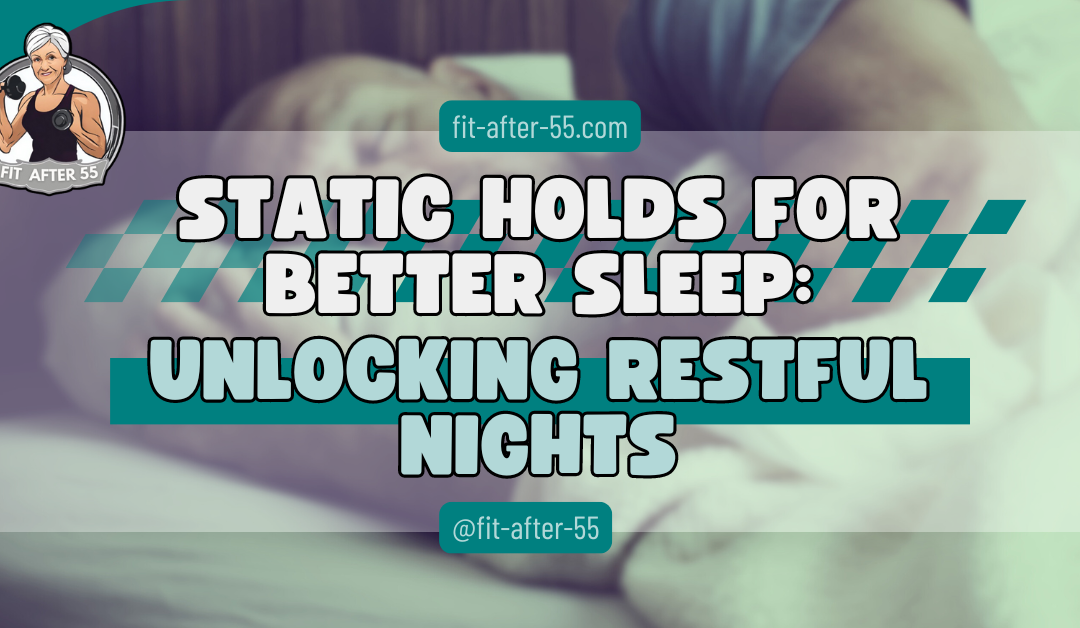Static holds for better sleep could be the game-changer you’ve been seeking to achieve a truly restful night. These simple yet effective exercises are gaining attention for their potential to improve sleep quality and relaxation. By incorporating static holds into your evening routine, you can create a more serene environment for your body and mind, setting the stage for a rejuvenating slumber.
In this article, we’ll dive into the benefits of static holds, exploring how they can help ease tension, promote relaxation, and ultimately lead to more restful nights. From understanding the science behind these exercises to practical tips for integrating them into your routine, get ready to transform your nightly rest and wake up feeling refreshed.
Static Holds for Better Sleep: Unlocking Restful Nights Through Isometric Exercise

Are you struggling to get a good night’s sleep? Static holds for better sleep might be the answer you’re looking for. These simple exercises can help relax your muscles and calm your mind before bed. Static holds can improve sleep quality by reducing muscle tension and promoting relaxation.
Static holds are easy to do and don’t require any special equipment. You can do them right in your bedroom before turning in for the night. These exercises involve holding a position for a set amount of time, which helps build strength and flexibility.
Adding static holds to your bedtime routine can prepare your body for rest. They can help quiet racing thoughts and ease physical discomfort that might keep you awake. Regular practice may make you fall asleep faster and wake up refreshed.
Key Takeaways
- Static holds can help relax your muscles and calm your mind, improving sleep quality and more restful nights.
- These simple exercises don’t require special equipment, making them accessible for anyone to incorporate into their bedtime routine.
- Regularly practicing static holds can ease muscle tension, often contributing to sleep disturbances.
- Integrating static holds into your nightly routine can help you fall asleep faster and reduce nighttime awakenings.
- Beyond better sleep, static holds improve strength, flexibility, and overall mental relaxation.
Understanding Sleep and Static Holds
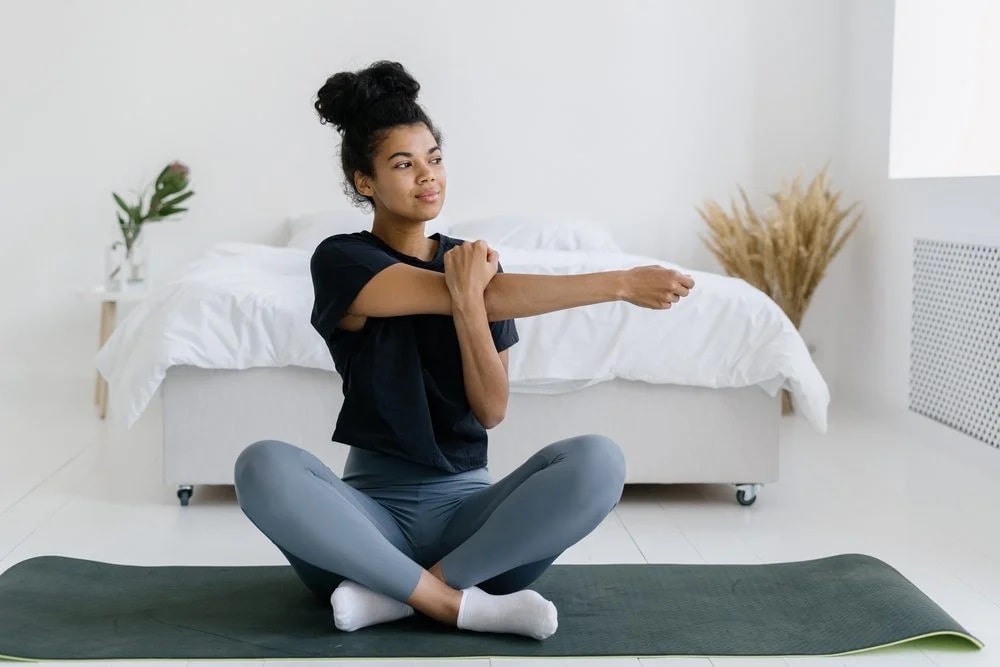
Sleep is vital for health and wellness. Incorporating static holds for better sleep can significantly enhance your sleep quality. These techniques work together to promote better rest and recovery, ensuring you wake up refreshed and rejuvenated.
The Science of Sleep
Sleep happens in cycles of different stages. Your brain goes through distinct patterns of activity as you sleep. Light sleep occurs first, followed by deeper slow-wave sleep. REM sleep comes later in the night. This is when most dreaming happens. Your body cycles through these stages multiple times each night.
Good sleep is crucial for many body functions. It helps your brain process information and form memories. Sleep also allows your body to repair tissues and balance hormones. Not getting enough quality sleep can harm your health over time. It may lead to problems with thinking, mood, and physical health.
What Are Static Holds?
Static holds are exercises where you hold a position without moving. You tense your muscles and stay still for a set time. Common static holds include:
- Planks
- Wall sits
- Hollow body holds
- Chin-up holds
These exercises build strength and endurance. They work multiple muscle groups at once. Static holds improve stability and body control. You can do static holds with just your body weight. Some use weights or equipment for extra challenges. The key is maintaining proper form throughout the hold.
Benefits of Static Holds for Sleep
Static holds may help you sleep better in several ways. They can reduce stress and tension in your body. This makes it easier to relax at bedtime. Regular static hold practice improves overall fitness. Better fitness often leads to higher-quality sleep. It can help you fall asleep faster and wake up less at night.
Some static holds, like a child’s pose or legs up-the-wall are calming. Doing these before bed may ease you into sleep. They quiet your mind and relax your muscles. Static holds also build core strength. A stronger core supports good posture. Better posture can reduce pain and discomfort that might keep you awake.
Preparatory Techniques for Static Holds
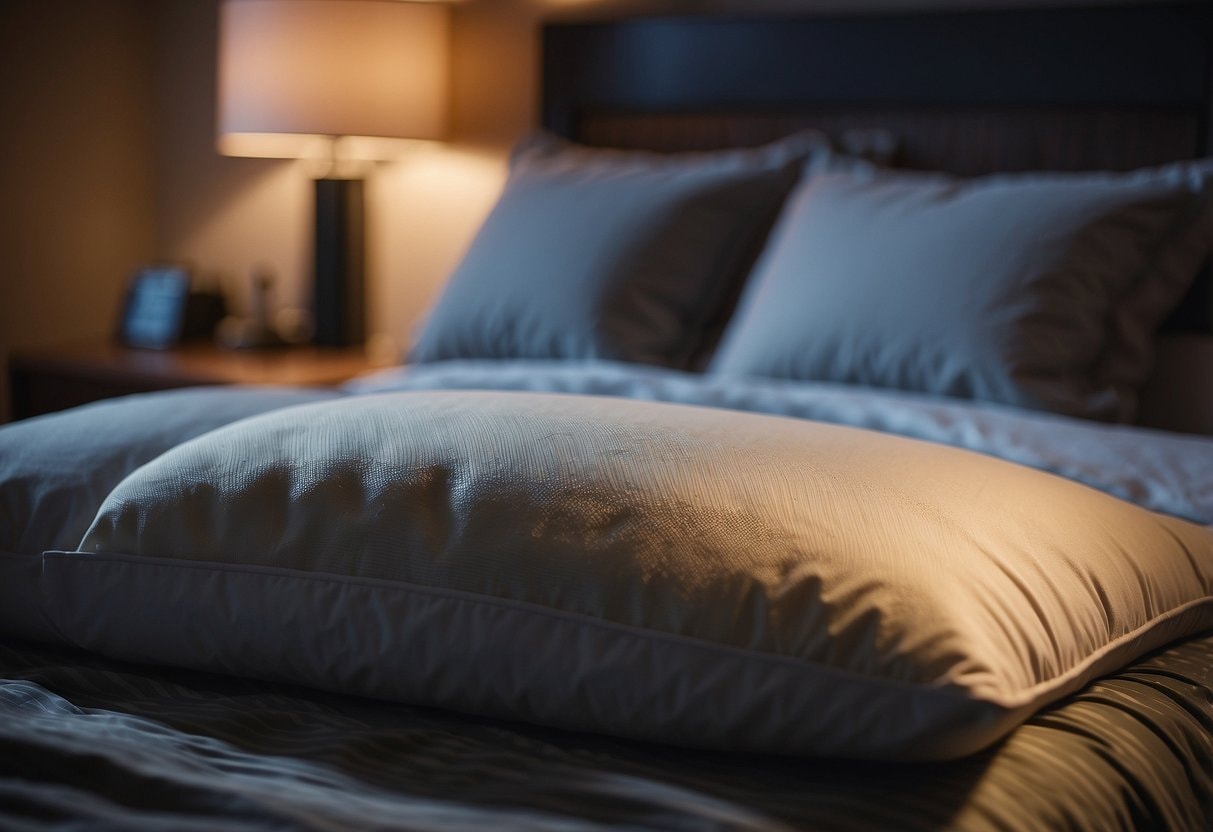
Getting ready for static holds involves both physical and mental preparation. These techniques, specifically static holds for better sleep, help you relax, focus, and maximize the benefits of your practice.
Breathing Exercises
Start with deep belly breathing. Place one hand on your chest and the other on your stomach. Breathe in through your nose for four counts, feeling your belly rise. Hold for two counts, then exhale slowly for six counts. Repeat this 5-10 times.
Try box breathing next. Inhale for four counts, hold for 4, exhale for 4, and hold again for 4. This pattern forms a “box” and helps calm your nervous system. Practice the 4-7-8 technique. Inhale for four counts, hold for 7 and exhale for 8. This method can reduce anxiety and prepare your body for relaxation.
Mental Focus and Visualization
Create a calm mental space. Close your eyes and picture a peaceful scene like a quiet beach or serene forest. Focus on the details – sounds, smells, and textures. Use a body scan to increase awareness. Start at your toes and slowly move up, noticing any tension. Consciously relax each area as you go.
Set a clear intention for your practice. Think about why you’re doing static holds and what you hope to gain. This gives your mind a purpose to focus on. Visualize success. Picture yourself holding the position comfortably and breathing calmly. This mental rehearsal can improve your actual performance.
Basic Static Holds for Beginners
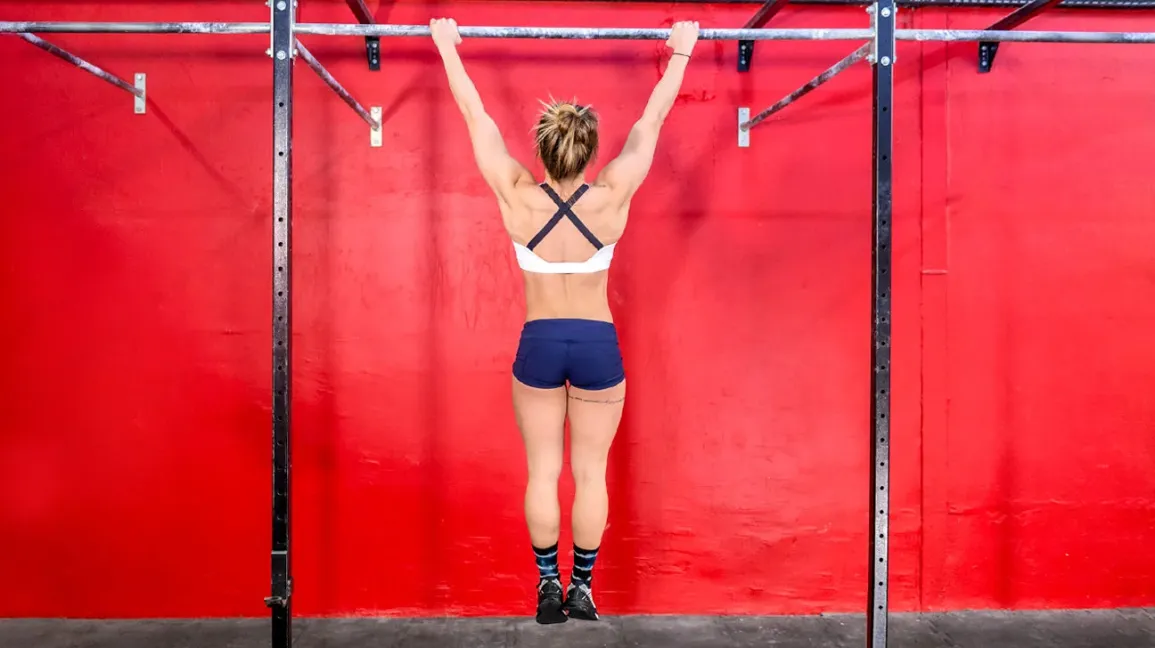
Static holds for better sleep are simple yet powerful exercises that can help improve your sleep quality. These exercises focus on maintaining a fixed position, which builds strength and stability.
Plank Hold
The plank hold is a great starting point for static exercises. It works your core, shoulders, and back muscles. To do a plank hold:
- Start on your hands and knees.
- Extend your legs back, balancing on your toes.
- Keep your body in a straight line from head to heels.
- Hold this position for 10-30 seconds.
As you get stronger, try to increase your hold time. Keep your breathing steady and focus on engaging your core muscles. Remember to keep your hips in line with your shoulders. Don’t let your lower back sag or your bottom stick up in the air.
Wall Sit
Wall sits target your leg muscles and can help you relax before bed. To perform a wall sit:
- Lean your back against a wall.
- Slide down until your thighs are parallel to the ground.
- Keep your feet flat on the floor, shoulder-width apart.
- Hold this position for 20-60 seconds.
Make sure your knees are directly above your ankles, not pushing forward over your toes. This helps protect your knee joints. As you hold the position, you might feel a burning sensation in your thighs. This is normal and shows the exercise is working.
Dead Hang
The dead hang is excellent for improving grip strength and stretching your upper body. To do a dead hang:
- Find a sturdy pull-up bar or similar structure.
- Grab the bar with an overhand grip, and hands shoulder-width apart.
- Lift your feet off the ground, letting your body hang freely.
- Hold this position for 10-30 seconds.
Keep your arms straight but not locked. Engage your shoulder blades to protect your joints. If you’re new to this exercise, start with shorter holds and gradually increase the time. The dead hang can help decompress your spine after a long day. This might lead to better sleep posture and comfort.
Here’s an additional video on Bodyweight Static Hold Workouts.
By: Amy’s Beach Fitness
Advanced Static Holds
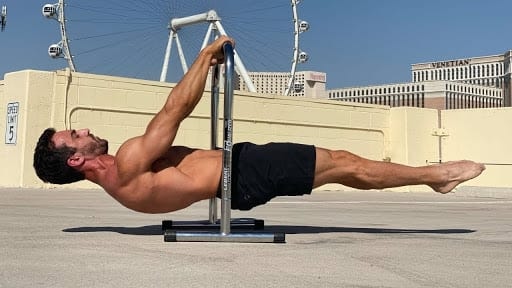
Advanced static holds for better sleep challenge your strength and body control. These exercises require practice and patience to master. They build muscle endurance and improve stability.
L-Sit
The L-sit is a tough core and upper body exercise. To do it:
- Sit on the floor with your legs straight out.
- Put your hands on the ground next to your hips.
- Push down with your hands and lift your body off the floor.
- Keep your legs straight and parallel to the ground.
Start with short holds of 5-10 seconds. As you get stronger, try to hold for 30 seconds or more. The L-sit works your abs, hip flexors, and shoulders. It also helps with body awareness and control. You can do it on parallel bars or with your feet on the ground to make it easier. Try the V-sit with your legs raised higher for a more complex version.
Human Flag
The human flag is an impressive display of strength. To do it, grab a vertical pole with both hands. Lift your body sideways until it’s parallel to the ground. Your top arm pulls while your bottom arm pushes.
Start with short holds and progress slowly. Even a 1-2 second hold is good for beginners. Work up to 10 seconds or more. This move builds incredible shoulder, back, and core strength. Practice more accessible versions first:
- Vertical pole holds
- Tucked human flag
- Single-leg human flag
Always warm up well before trying the human flag. It puts a lot of stress on your shoulders and core.
Front Lever
The front lever is a gymnastics move that builds amazing back and core strength. To do it, hang from a bar with your arms straight. Pull your body up and back until it’s parallel to the ground. Keep your body straight from head to toe. Begin with easier progressions:
- Tucked front lever
- One leg extended
- Both legs extended (full front lever)
Hold each position for 5-10 seconds. Over time, work up to 20-30 second holds. The front lever targets your lats, abs, and arm muscles. Use controlled movements when getting into and out of the hold. Don’t swing or use momentum. This helps prevent injury and builds more strength.
Did You Know?
Stretching, particularly static holds, positively affects sleep quality by releasing muscle tension, which leads to mental relaxation and prepares the body for sleep. It also increases flexibility, reducing nighttime discomfort. Regular stretching can lower stress levels, contributing to better sleep, while the focused breathing during static holds promotes a calm state of mind.
Static Holds Integration into Evening Routine
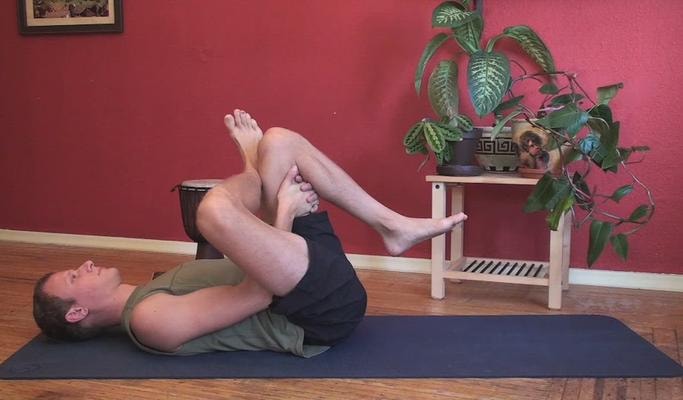
Adding static holds for better sleep to your bedtime routine can help relax your muscles and prepare your body for sleep. These simple stretches are easy to do and don’t take much time. Let’s look at how to fit them into your evening and track your progress.
Timing and Duration
Do static holds about 30-60 minutes before bed. This gives your body time to wind down. Start with 3-5 different stretches. Hold each stretch for 15-30 seconds. Breathe deeply and relax into the stretch. Some good stretches to try:
- Standing forward bend
- Child’s pose
- Seated spinal twist
- Lying hip stretch
- Wall chest stretch
Don’t push too hard. You should feel a gentle pull, not pain. If a stretch hurts, ease up or skip it.
Progress Tracking and Consistency
Keep a simple log of your stretches. Write down which ones you do each night and how long you hold them. This helps you stay on track. Try to do your stretches at the same time every night. This builds a habit and signals to your body that it’s time to sleep.
Start with 2-3 nights a week. Slowly work up to every night. Pay attention to how you feel. Do you fall asleep faster? Sleep better? Feel less tense? Make notes in your log. Adjust your routine based on what works best for you.
Safety Considerations and Best Practices
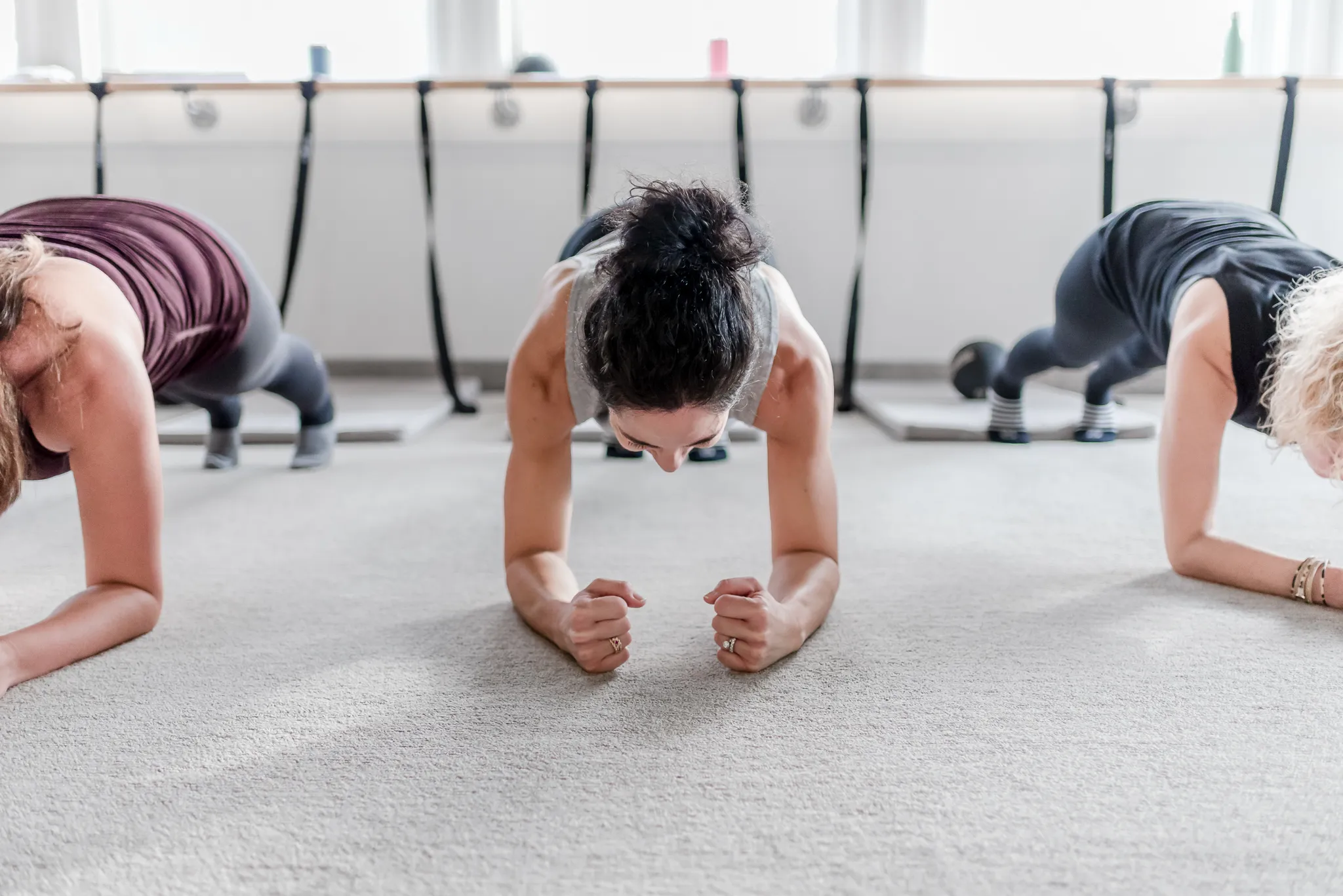
Static holds for better sleep can help improve your rest when done correctly. It’s crucial to practice proper form and know when to use caution. Taking the right steps will maximize benefits and prevent harm.
Injury Prevention
When doing static holds, start slowly. Ease into each position and avoid sudden movements. Listen to your body and stop if you feel pain. Build up hold times gradually. Begin with 10-15 seconds and work up to longer durations. This lets your muscles adapt safely.
Use proper support. A supportive mattress and pillow are key for comfortable holds. They help maintain alignment and reduce strain. Take breaks between holds. This gives your muscles time to recover. Aim for 30-60 seconds of rest between each hold.
Alignment and Posture
Keep your spine neutral during holds. Avoid arching or rounding your back. This protects your spine and prevents muscle imbalances. Focus on your breathing. Take slow, deep breaths to stay relaxed. This helps maintain proper form and reduces tension.
Use props if needed. Pillows or bolsters can help support your body in certain positions. They make holds more comfortable and effective. Check your alignment often. Make small adjustments as needed to stay in the right position. Good form is key for getting the most benefit.
When to Avoid Static Holds
Don’t do static holds if you have acute injuries. Wait until you’ve healed and gotten clearance from a doctor. Pushing too soon can worsen the injury. Be careful with chronic conditions. Some holds may not be suitable if you have back pain or joint issues. Consult a healthcare provider for guidance.
Avoid holds that cause dizziness or breathing problems. These could be signs of poor circulation or other issues. Try a different position instead. Skip static holds if you’re overly tired. Your form may suffer, increasing injury risk. It’s better to get rest and try again when you’re more alert.
Complementary Practices for Enhanced Sleep Quality
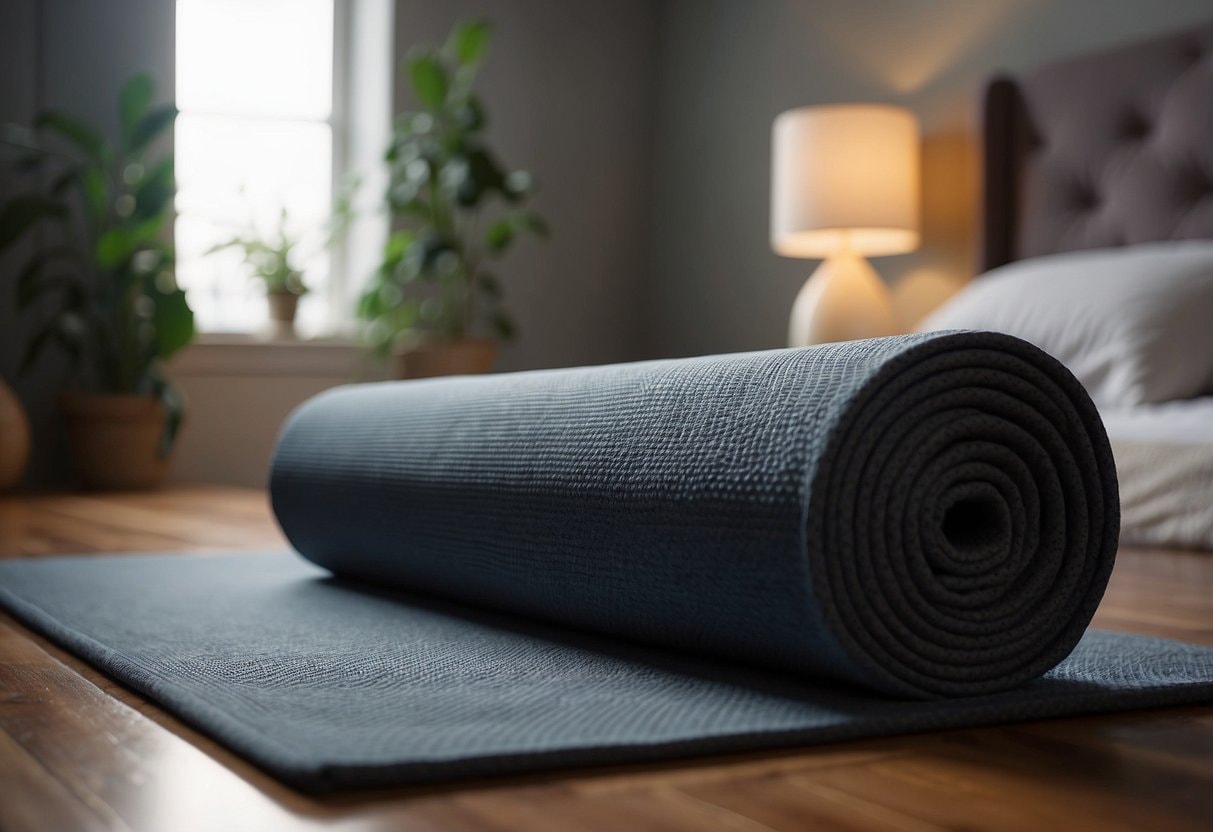
Static holds for better sleep can be paired with other practices to improve your sleep. These methods work together to create a holistic approach for better rest.
Mindfulness and Meditation
Mindfulness and meditation can calm your mind before bed. Try a simple breathing exercise. Sit comfortably and focus on your breath for 5-10 minutes. Guided meditations are helpful for beginners. You can find free apps or videos online. Start with short sessions and gradually increase the time.
Progressive muscle relaxation is another effective technique. Tense and relax each muscle group in your body. This helps release physical tension. Consistency is key. Practice these techniques daily for the best results. Even a few minutes can make a difference in your sleep quality.
Nutrition and Hydration
What you eat and drink affects your sleep. Avoid caffeine and alcohol close to bedtime. These can disrupt your sleep cycle. Instead, try herbal teas like chamomile or valerian root. These may help you relax. Tart cherry juice is another natural option. It contains melatonin, which regulates sleep.
Eat a light dinner at least 2-3 hours before bed. Heavy meals can cause discomfort and disrupt sleep. If you’re hungry later, have a small snack rich in tryptophan. Good choices include:
- A banana with almond butter
- A small bowl of whole-grain cereal with milk
- A handful of nuts
Stay hydrated throughout the day, but limit fluids close to bedtime to avoid nighttime bathroom trips.
Sleep Environment Optimization
Your bedroom setup plays a crucial role in sleep quality. Keep your room dark, quiet, and cool. Use blackout curtains or an eye mask if needed. Invest in a comfortable mattress and pillows. Your bedding should support your body properly. Consider your sleeping position when choosing pillows. Remove electronic devices from your bedroom. The blue light from screens can interfere with your sleep cycle.
If you must use devices, enable night mode or wear blue light-blocking glasses. Use white noise or natural sounds to mask disruptive noises. A fan or air purifier can serve this purpose while also improving air quality. Keep your bedroom tidy and clutter-free. A clean space can help you feel more relaxed and ready for sleep.
Here’s another video on a 5-Minute Bedtime Stretching Routine for Better Sleep.
By: Darwin Jose
Transform Your Sleep: The Power of Static Holds for Restful Nights
In conclusion, incorporating static holds for better sleep into your nightly routine can significantly enhance your ability to achieve more restful nights. These exercises, known for their simplicity and effectiveness, work by promoting muscle relaxation and releasing tension, which in turn helps to calm the mind. This combination creates an ideal environment for sleep, allowing you to drift off more easily and stay asleep throughout the night.
By practicing static holds regularly, you may find yourself waking up feeling more refreshed and ready to take on the day. Whether you are new to static holds or looking to deepen your existing practice, these exercises offer a natural and accessible way to improve your sleep quality and overall well-being.
Frequently Asked Questions
What Benefits Does Performing Static Holds Before Bedtime Provide?
Static holds before bed can help you relax. They slow down your breathing and heart rate. This calms your nervous system, making it easier to fall asleep. Static holds also reduce muscle tension. This can ease physical discomfort that might keep you awake. Holding stretches may also increase blood flow to your muscles, promoting better sleep quality.
Can Static Holds Enhance Muscle Growth and How Do They Relate to Sleep Quality?
Static holds can boost muscle strength and endurance. They challenge your muscles in a unique way, leading to growth over time. This increased muscle mass can improve your overall sleep quality. Strong muscles support your body better during sleep. This reduces tossing and turning, allowing for more restful sleep. Better sleep, in turn, supports muscle recovery and growth.
What Are Some Effective Static Hold Exercises to Incorporate Into a Pre-sleep Routine?
Wall sits are great for targeting your lower body. They work your legs and core without being too intense. Plank holds are another good option, engaging multiple muscle groups at once. For upper body focus, try a barbell static hold. This exercise can improve grip strength and work your arms and shoulders. Remember to use a weight you can safely hold for the desired time.
Discover Wellness and Flourish: Become Part of the Fit After 55 Community!
Find motivation to stay active with Fit After 55!
Explore our website (https://www.vitalityseniorliving.com/resources_for_senior/staying-fit-at-55/) for expert advice, valuable insights, and reviews designed for seniors. Join our supportive community of health and fitness enthusiasts on our Facebook page (https://www.facebook.com/fitafter50dotcom/).
Let’s embark on this fitness journey together and prove that age is just a number!

